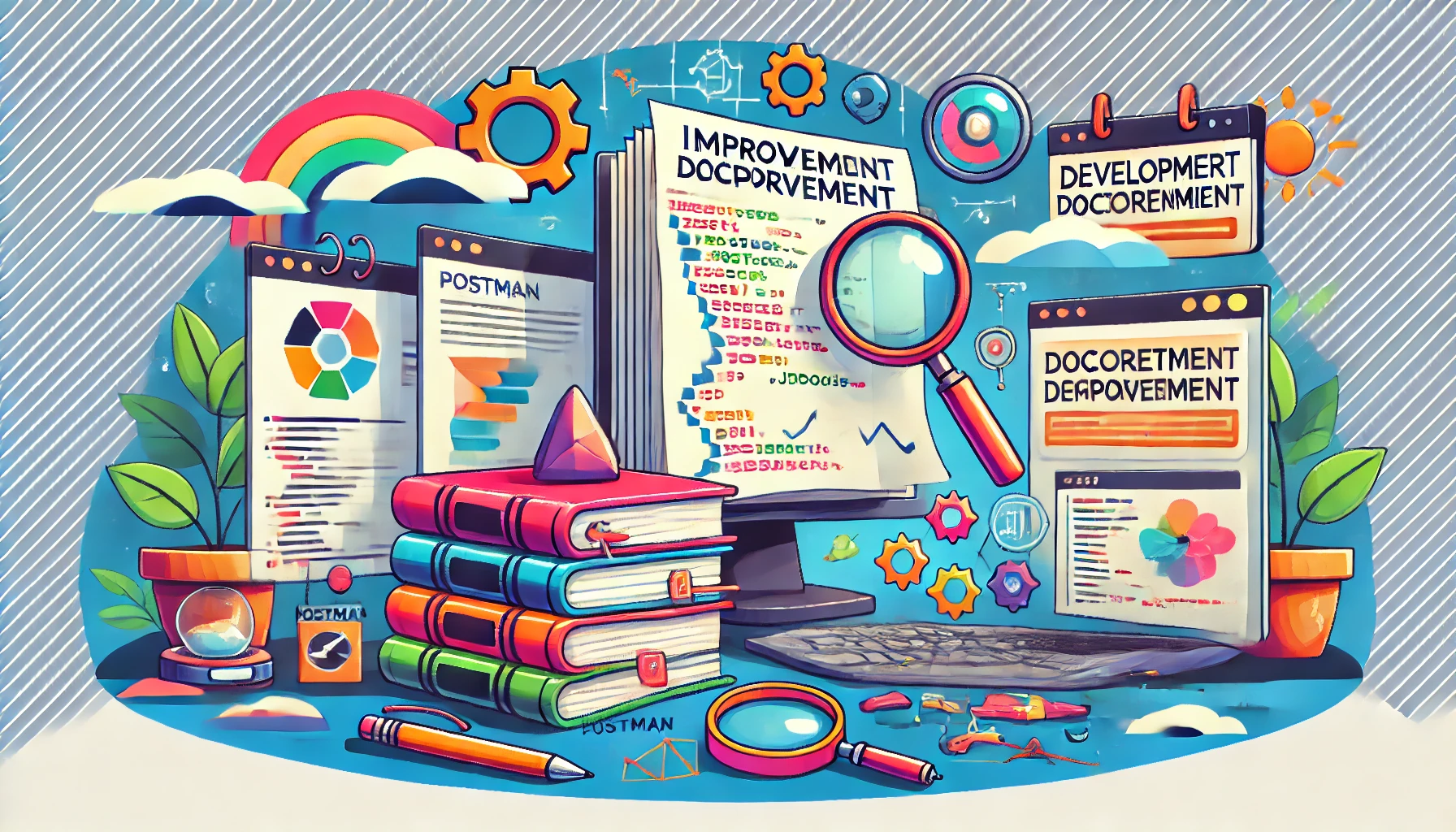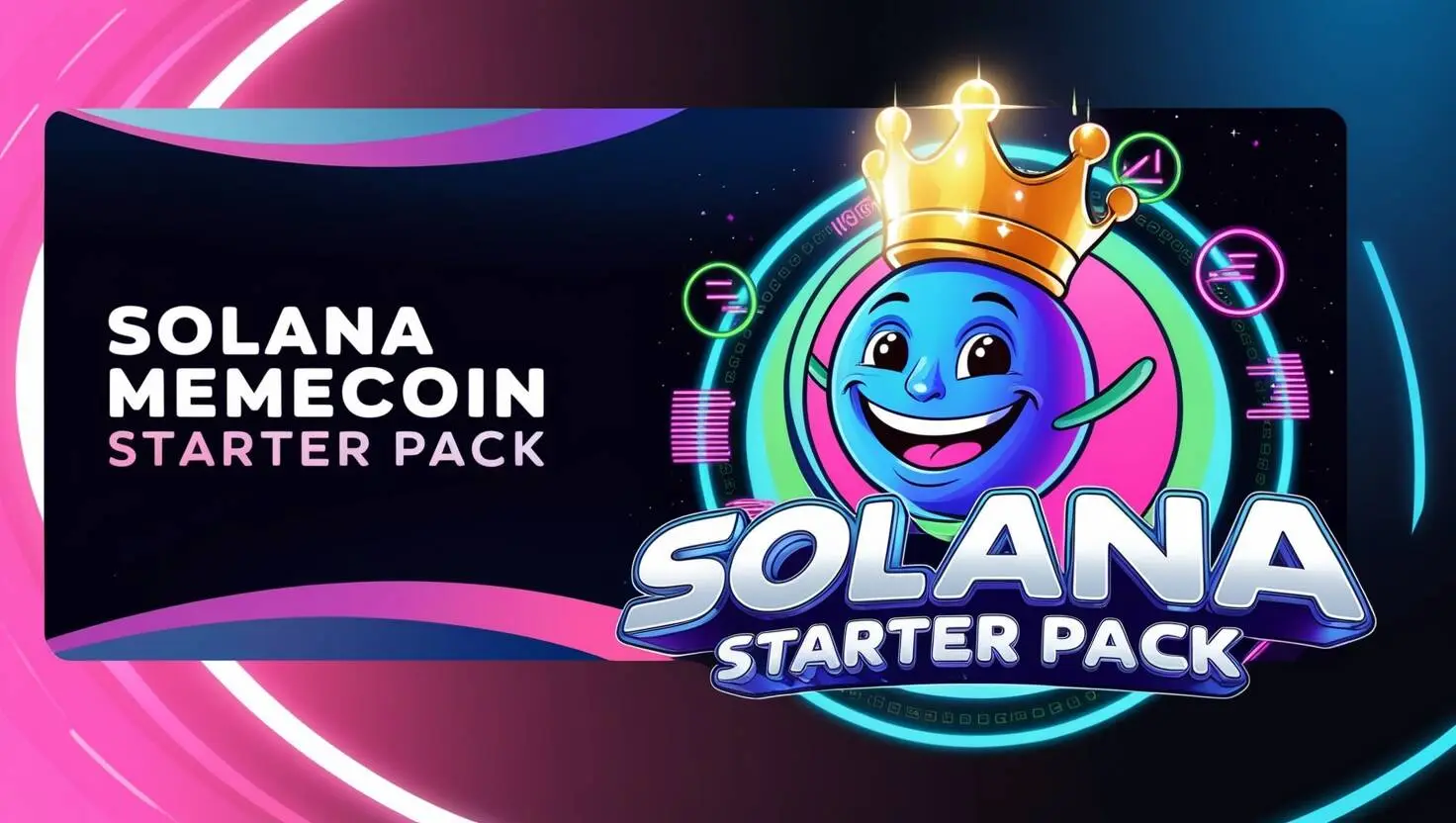“Where do I even start?”
If you’ve ever dived into poorly written documentation, you’ve probably asked yourself this question. For developers, unclear or incomplete documentation is one of the most frustrating roadblocks. Whether missing examples, confusing language, or lacking interactive tools, inadequate documentation can waste hours—if not days—of valuable time.
But it doesn’t have to be this way. Great documentation acts like a roadmap, guiding users from problem to solution effortlessly. It’s not just about listing features; it’s about ensuring developers understand and can easily implement them.
If you’re wondering how to turn your documentation into a tool developers love, you’re in the right place. This blog will explore five practical steps to create clear, engaging, and user-friendly documentation or help you improve documentation. Whether working on an API, framework, or open-source project, these tips will help you make a lasting impact.
Let’s transform “Where do I start?” into “That was easy!”
Step 1: Use clear & concise language
Good documentation begins with clarity. Developers depend on documentation to effectively understand and use APIs, frameworks, and tools. Confusing or overly complex language can make this process frustrating and time-consuming.
Why clarity matters
When developers read documentation, they often try to solve a problem or learn something quickly. If the content is cluttered with jargon or unnecessary details, it creates hurdles. Clear and concise language ensures the information is easy to grasp and saves the reader’s time.
Tips for writing clearly
Start by avoiding technical jargon unless it’s essential and explained. For example, instead of saying, “Leverage the asynchronous architecture,” simply say, “Use asynchronous processing.” Short, direct sentences are easier to read and understand.
Structure your content logically. Begin with an introduction, break down steps clearly, and provide examples wherever possible. This organization makes it easier for readers to follow and apply the information.
Helpful tools
To refine your writing, consider tools like Grammarly or Hemingway Editor. They can help identify complex sentences, grammar issues, or overly technical language. Always proofread your work to ensure it is error-free and delivers the intended message effectively.
Step 2: Include code examples
Code examples are a crucial part of good documentation. They bridge the gap between theoretical concepts and practical applications, helping developers understand how to use tools and APIs effectively.
Why code examples matter
Examples provide context, making it easier for developers to see how something works. They allow users to experiment, troubleshoot, and implement solutions faster, saving time and reducing frustration.
Types of code examples
Start with simple examples like a “Hello World” program to introduce basic functionality. This helps beginners get started quickly. For advanced users, include real-world use cases that demonstrate handling complex scenarios or integrations.
Using postman buttons
Postman buttons are a great way to enhance user experience. They allow developers to test APIs directly from the documentation without manually setting up environments. For example, you can embed a Postman button that opens an API endpoint, letting users send requests and view responses instantly.

Learn more about creating Postman buttons here.
Best practices for code examples
Write clear, self-contained, and reusable examples. Avoid overcomplicating the code or leaving out important details like authentication steps. Use proper indentation and comments to guide readers through the logic. Whenever possible, provide language-specific examples to cater to a wider audience.
Step 3: Add interactive elements to improve documentation
Interactive elements in documentation help users explore features hands-on without setting up local environments. Adding interactive elements improves the user experience and boosts engagement, making your documentation more effective and accessible.
Use embeds
JDoodle embeds allow users to run and test code directly within the documentation. This interactive feature eliminates the need for users to switch between their browser and the development environment, making the learning process seamless and efficient.
For example, you can embed a JDoodle IDE directly into your documentation to let users instantly modify and execute code snippets. It’s handy for demonstrating how a specific API or function works in real time.
Learn more about JDoodle’s features and how to integrate its embeds in your documentation from JDoodle’s documentation.
Other interactive tools
In addition to JDoodle embeds, you can enhance documentation with:
- Sandboxes: Allow users to test features in a controlled environment.
- Live demos: Showcase workflows and functionalities in action.
- Embedded videos: Offer step-by-step walkthroughs for complex processes.
Step 4: Organize content intuitively
A well-organized structure is the backbone of compelling documentation. Logical flow and easy navigation ensure users can find the information they need without confusion or frustration.
Importance of logical structure and easy navigation
When documentation is logically structured, developers can quickly identify where to begin and how to proceed. Poor organization, on the other hand, can lead to wasted time and a negative user experience. Clear navigation helps users jump directly to the relevant sections, saving effort and improving usability.
Use headers, bullet points, and tables
Breaking content into smaller, scannable sections improves readability. Use meaningful headers to guide users through the documentation. Bullet points are great for summarizing key ideas, while tables can present information like feature comparisons or parameter details in a clear and compact format.
Examples of intuitive organization
- Group sections by topic or use case: For example, separate API documentation into sections like “Authentication,” “Endpoints,” and “Error Handling.”
- Add a table of contents or search feature: A searchable table of contents helps users quickly locate the information they need.
- Categorize by user level: Divide content into “basic,” “intermediate,” and “advanced” categories to cater to developers with varying levels of expertise.
Why it matters
An intuitive structure allows users to navigate effortlessly, focusing more on solving problems than deciphering documentation. To see a good example of structured documentation, explore Stripe’s documentation, which categorizes features and includes clear sections for better accessibility.
Step 5: Make it visually engaging
Visual elements can significantly enhance the quality of your documentation. They help break down complex information, making it easier for developers to understand and retain key concepts.
Why visual elements matter
While text provides detailed explanations, visuals can simplify learning by illustrating workflows, concepts, or processes. They save time by quickly conveying ideas that might otherwise take paragraphs to explain. This combination of text and visuals caters to different learning preferences and improves comprehension.
Examples of visual enhancements
- Diagrams: Use flowcharts, sequence diagrams, or architecture diagrams to explain complex workflows or data flows. They provide clarity and context in a single glance.
- Screenshots: Add screenshots to demonstrate user interfaces, configuration steps, or specific workflows. Annotated images can highlight essential details, guiding users more effectively.
- Embedded videos: Include video walkthroughs to show step-by-step procedures for complicated tasks. Videos are especially helpful for onboarding or demonstrating live use cases.
Tools for creating visual assets
You don’t need advanced skills to create impactful visuals. Tools like Canva, Figma, or diagrams.net offer user-friendly features for designing diagrams, mockups, and annotated images.
Bringing it together
By incorporating visuals, you make your documentation more appealing and user-friendly. Combining engaging visuals with clear language and interactive elements ensures developers have an enjoyable and productive experience.
Conclusion
Improving documentation is all about making it clear, practical, and engaging for users. You can create documentation that developers trust and rely on by following these five steps—using clear and concise language, including code examples, adding interactive elements, organizing content intuitively, and making it visually engaging.
Effective documentation helps users understand your product, reduces support requests, and builds a positive reputation for your brand. The key is to focus on user-centric design and ensure that the documentation meets the needs of developers at all levels.
We’d love to hear your thoughts! What tips or tools do you use to improve your documentation? Share your insights in the comments or connect with us to exchange ideas. Let’s create better documentation together!









